Plumas Wired! is a group of Plumas County residents who support safer, affordable, wired telecommunications for the public. We are currently opposing a proposed 133 ft. 5G cell phone tower near EPHC Hospital in Portola, and are tracking several other problematic wireless proliferation projects. New wireless equipment risks health, fire, property values, and the aesthetics of our rural area.
Our website is currently under construction, so our allies at Stop Smart Meters! provided a page on their website for us. Stay tuned for updates at PlumasWired.org.

Post from January, 2019 regarding Plumas County Telecommunications Ordinance
We apologize for the delay in returning calls to our Stop Smart Meters! toll-free hotline. We have been busy the last few weeks working to strengthen our local telecommunications ordinance in order to protect the health and safety of our community in the Northern Sierra Nevada mountains.
Unfortunately the Plumas County Board of Supervisors yesterday voted to approve a toothless ordinance that hands over the “Lost Sierra” to the telecommunications industry. But the fight is not over and this ordinance can be amended. If you live in our local area and want to stay up to date on developments from Plumas Residents for Safer Telecommunications, please contact us. Help us defend Plumas County and beyond–advocate for a strong local telecommunications ordinance where you live.
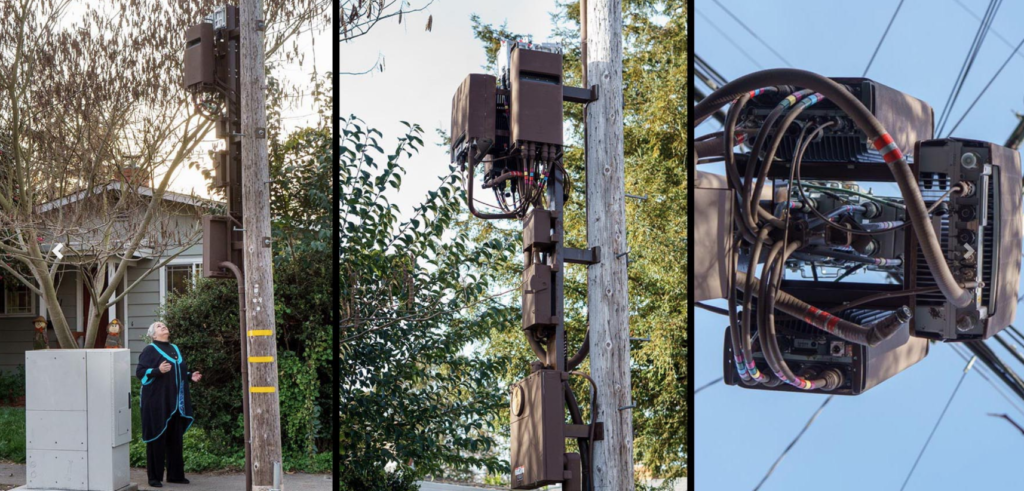
Having a robust ordinance is critical in defending neighborhoods against hazardous wireless deployment including 5G. Below is a letter our local group wrote to the Board of Supervisors that contains some feedback on the toothless ordinance they just approved. Feel free to adapt for your local use– especially relevant in at-risk flammable areas in the west.
———————————————————————————————————-
January 8th, 2019
Plumas County Board of Supervisors
520 Main St. Rm. 309
Quincy CA 95971
Dear Plumas County Supervisors,
My name is Josh Hart. I have lived in Eastern Plumas County for six years, and have a background in both transportation and telecommunications planning. I received my Masters degree in Transportation Planning from the University of the West of England in 2008.
I am writing to you on behalf of Plumas Residents for Safer Telecommunications (PRST). We are a group of Plumas County residents—from Chilcoot to Chester—who formed last year to participate in discussions around the development of the County’s first telecommunications ordinance. We have attended a number of Planning Commission meetings as well as the public hearing on the draft telecommunications ordinance on October 18th, 2018.
Our group advocates a focus on hard wired copper landlines, and fiber optic broadband as the primary robust and reliable communication networks we need every day, but especially in an emergency. The Camp Fire and other recent catastrophic wildfires have revealed the weakness and fallibility of cellular systems in an emergency. There is little doubt that people died because they did not receive timely warnings from a wireless communications network that was already compromised by fire when it was most needed. An informative Bay Area News Group analysis of what went wrong is informative and available at this link.
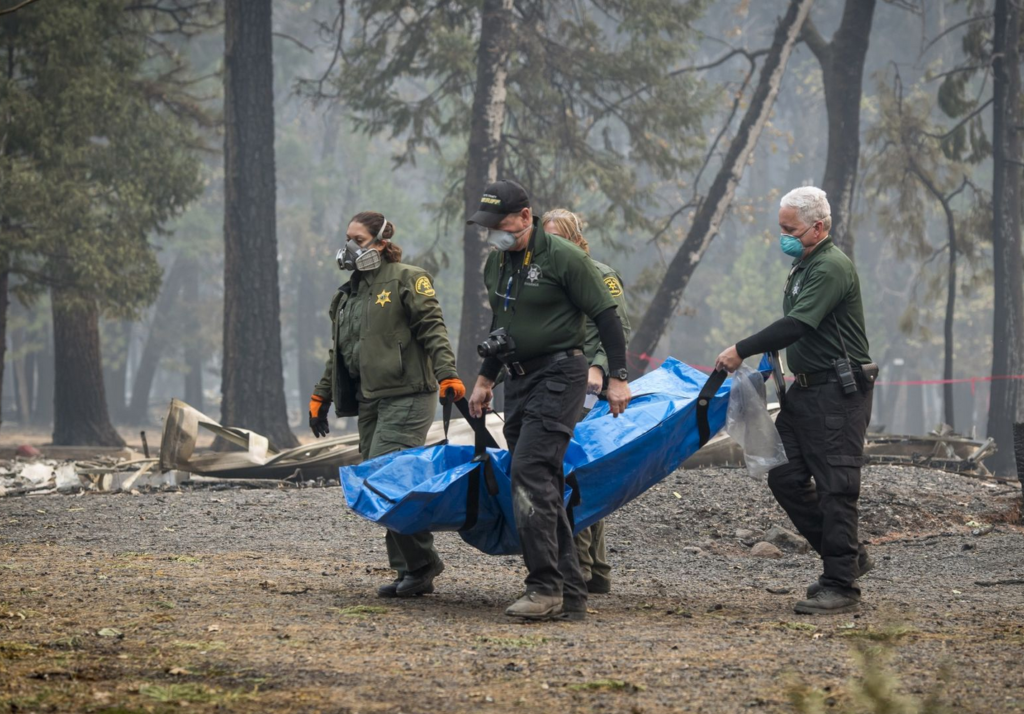
Let’s learn from this tragedy, and not allow our own community to suffer the same fate.
PRST takes an evidence-based, precautionary approach to wireless development. We advocate for the use of best practices in the regulation of telecommunications facilities, and a strong defense of the zoning and regulatory rights of local government which are currently under threat as a result of overreach by the Federal Communications Commission. Although the state bill SB 649 (that would have eliminated local control over small wireless facilities) was vetoed last year by Gov. Brown, the Federal Communications Commission is trying to force this policy through regardless. FCC policies 17-79 and 17-84 would eviscerate local government control over telecommunications facilities, but are widely considered unconstitutional and are being challenged in court by a number of local governments and tribes. We encourage this board to adopt a strong and robust telecommunications ordinance that stands up to FCC overreach.
The specific policies we are proposing will not prevent the availability of wireless services in our County, but they will reduce harmful impacts to human health, reduce industrial clutter in our neighborhoods, prevent possible future fires, and make our region more resilient when the next natural disaster strikes. The additional responsibilities placed on the telecommunications industry are widely required by local governments and would mean only marginal additional responsibilities on the industry’s end.
PUBLIC PROCESS PROBLEMS
The draft ordinance claims that its goal is to “protect and enhance the safety, health, and welfare of the public by minimizing adverse general, visual, and operational impacts from telecommunications facilities.”
The reality is that the draft before you was essentially written for the Planning Commission by the telecommunications industry, who spent many hours during workshops and editing sessions systematically removing (or filing down) any teeth that may have existed in the first draft of the ordinance. The result of this process is a draft ordinance full of exemptions and loopholes that is about as permissive and ineffective as they come.
Plumas Planning Commission Oct 5 2017 from Joshua Hart on Vimeo.
The development of the draft telecommunications ordinance has been plagued by problems from the beginning. Our group noted a lack of public participation in early meetings, and raised several thousand dollars to mail a postcard to every single Plumas County household, as we believe this issue is important and warrants wider public involvement. We were puzzled by the scheduling of the only public hearing at the end of the drafting process when changes would be unlikely. It appears that the Planning Commission is not interested in hearing from members of the public, but rather in doing the legal minimum to get the ordinance approved.

On October 5th, 2017, during one of the early Planning Commission workshops on the telecommunications ordinance, Plumas resident Alethea Garcia-Romero, who is sickened by RF wireless microwave radiation and has been driven from multiple homes by these frequencies, attempted to speak and was rebuffed five separate times by the Commissioners and Supervisor Sanchez who was present. This clear violation of the Brown Act resulted in a presentation by the County Counsel to the Planning Commission on the legal requirements of the Act, after our editorial appeared in the paper describing these abuses.
It is important to note that multiple federal and state laws apply to the actions of elected and appointed officials during the development and adoption of a county telecommunications ordinance, not just the 1996 Federal Telecommunications Act.
Electromagnetic Sensitivity (EMS) is a disabling characteristic, recognized by the Federal Access Board since 2002. Under the 1990 Americans with Disabilities Act, which predates the 1996 Telecommunications Act by six years, people who suffer from exposure to Electro-Magnetic Fields are part of a protected disabled class.
For many, EMS is an impairment that “substantially limits one or more major life activities,” the basis of a federally protected disability (42 U.S. Code § 12102(2)).
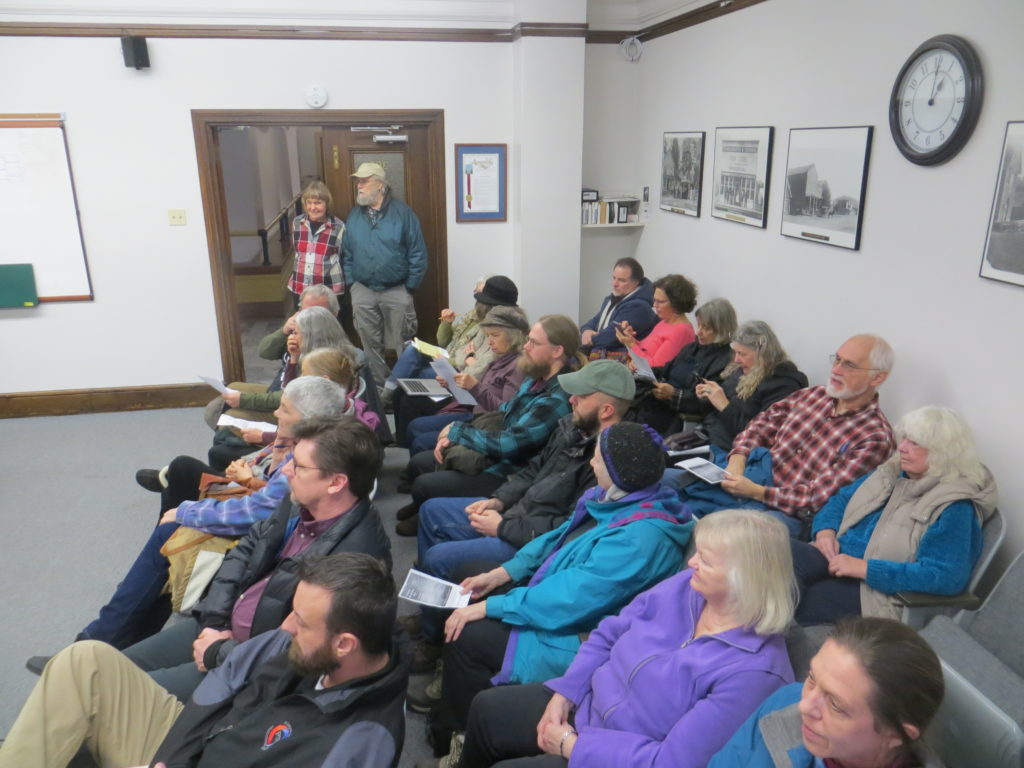
Dozens of people are now on the record as part of the development of Plumas County’s telecommunications ordinance that RF associated with the operation of wireless telecommunications equipment “substantially limits one or more of their major life activities.”
People who have been injured by wireless radiation and continue to have sensitivity to this type of EMF are limited by what they can do, where they can go, and for how long without getting sickened.
At the very least, county facilities should “go wired” in order to maximize accessibility and avoid ADA violations.
Moreover, it is within the power of County government to regulate wireless facilities in such a way that services are provided at the same time as residents’ ADA protections are respected. In fact, the California Constitution requires that local government officials protect the health and safety of residents within their jurisdictions. This applies regardless of claims to the contrary by industry representatives.
FIRE
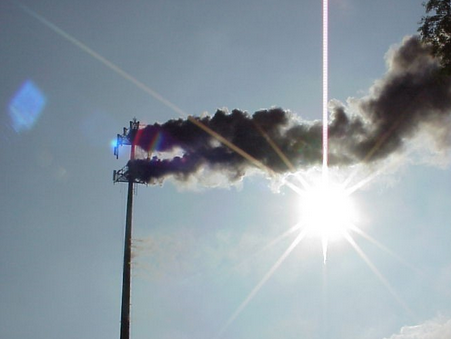
In 2007, a small cell suspended from a power pole in Malibu, CA collapsed in high winds, sparking a blaze that burned over 4000 acres, costing $14 million. Investigators identified a “gaping hole of responsibility” where Verizon blamed the utility and the utility blamed Verizon.
This is to show that cell towers commonly spark fires. Here is a list of some of the cell tower fires that have been documented.
PG&E’s “smart” grid is responsible for the Camp Fire (the deadliest in state history) and other large, recent fires through three key factors:
- carbon emissions leading to drier, more extensive fuels
- new spark potential with every electronic or wireless component added to the grid
- a lack of qualified personnel in the field (i.e meter readers) to monitor any problems before they become a disaster
The current draft ordinance does not require any official certification by an engineer that future proposed wireless facilities will not blow down and spark a wildfire. Nor does it include setbacks from dry brush areas. Cell towers under 35’ are exempted from any regulation whatsoever in the draft you are considering, not even requiring review from planning.
RF MICROWAVE ISSUES

The jury is no longer out on the question of whether microwave radiation used to transmit information in wireless systems is harmful to health and the environment. Last year, the National Toxicology Program (NTP) released the final results from their $25 million research study on rats and mice that found “clear evidence” of brain and heart cancer resulting from ordinary cell phone-type exposures. Study info here.This result was confirmed by the Ramazzini Institute in Italy. Many scientists believe that this research constitutes the “missing link” needed for the World Health Organization’s International Agency for Research on Cancer to declare wireless radiation a human carcinogen (i.e., Group 1).
Most of the cellular systems in operation today are 3G or 4G (3rd and 4th generation). Now, the wireless industry is in the initial stages of adding an additional layer of higher frequency, closer range RF radiation through cell sites mounted on street poles every 2-10 homes. Because radiation exposure is increased by the inverse square of the distance, proximity is a hugely important factor in predicting (and avoiding) not only disease but access impairments to residents. The frequencies used in 5G systems are already installed in Sacramento and 11 other US cities—we need anticipatory regulation here in Plumas County. Health problems associated with the new frequencies have led to many local governments to ban small cells in their residential districts, and even in their entire jurisdictions.

Physicians, scientists, and politicians are raising the alarm. Dr. Cindy Russell, V.P. of Community Health for the Santa Clara Medical Association, wrote in 2017 an article entitled A 5G Wireless Future: Will It Give Us a Smart Nation or Contribute to An Unhealthy One? She summarizes evidence that 5G frequencies can cause cataracts, damage to the immune system and genetic material. The report can be downloaded here.

Michigan state senator Patrick Colbeck (R) has testified about the serious risks of 5G wireless microwave radiation, and co-written a policy paper on the topic with his physician wife (linked below). You can watch his testimony here.
In California, there is a documented history of firefighters suffering neurological problems after a cell tower was erected on the roof of their station. First responders need to be at the top of their abilities when protecting human life
We are including a DVD of the film Generation Zapped that our group screened at the Quincy and Portola libraries in October of last year. Please watch this video before the hearing on January 15th, as it contains important facts about technologies like 5G that pose significant threats to our health and safety. We also include an addendum to the film with updates and helpful links.
AESTHETIC ISSUES
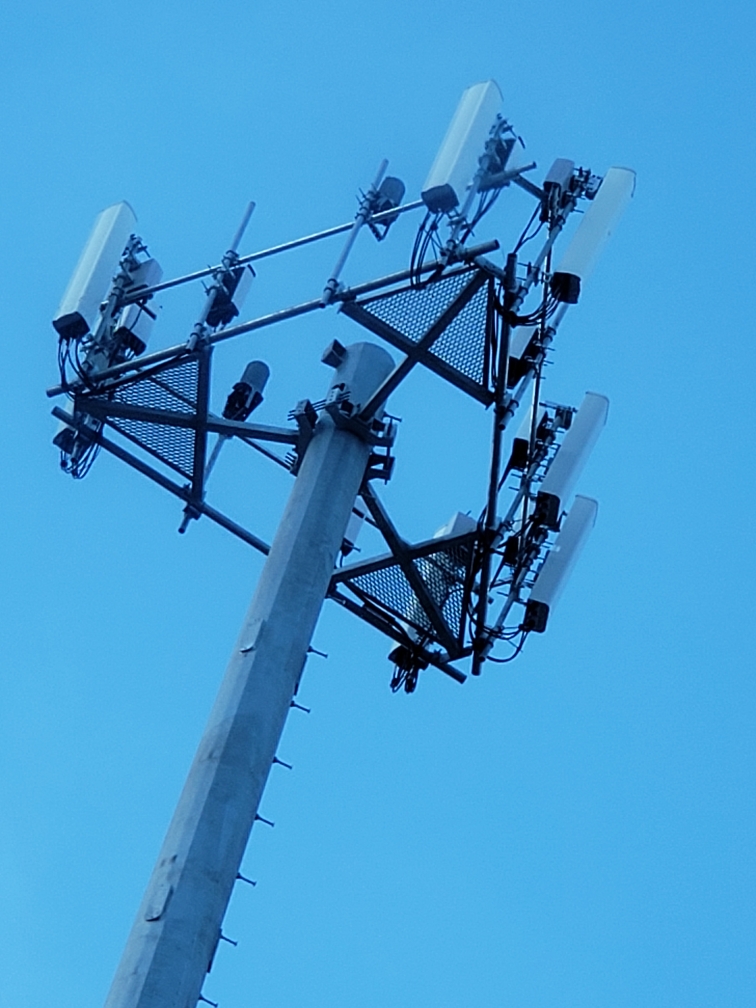
The December construction of the Chilcoot cell tower is an example of poor telecommunications facility planning, and it is important to note that this site likely would have been approved even with the weak draft telecommunications ordinance in place. The tower is sited in a mixed industrial/residential area at the entrance to Sierra Valley, blighting views and industrializing an important ranching and wildlife area. Important migrations—not only of people but of geese, white pelicans, and cranes take place in the area around Beckwourth Pass, and these are likely to be negatively affected by the tower. A 1500 ft. minimum setback from homes and protection of scenic corridors would have prevented this tower from going in where it did.
WILDLIFE
Cell towers and wireless facilities pose a real risk to insects, birds, and other animals. The U.S. Dept. of the Interior (DOI) has written to the Federal Communications Commission (letter here) stating that existing rules are not sufficient to protect bird life from collisions with towers, or health impacts from RF microwave radiation.

The DOI has guidance on best practices when constructing wireless facilities to avoid deaths of migratory birds. This can be found here. Among their recommendations are to:
“Select already degraded areas for tower placement”
“Towers should not be sited in or near wetlands, other known bird concentration areas (e.g., state or federal refuges, staging areas, rookeries, and Important Bird Areas), or in known migratory bird movement routes, daily movement flyways…”
“Tower Height. It is recommended that new towers should be not more than 199 ft. above ground level (AGL). This height increases the mean free airspace between the top of the tower and average bird flight height, even in weather conditions with reduced cloud ceiling…”
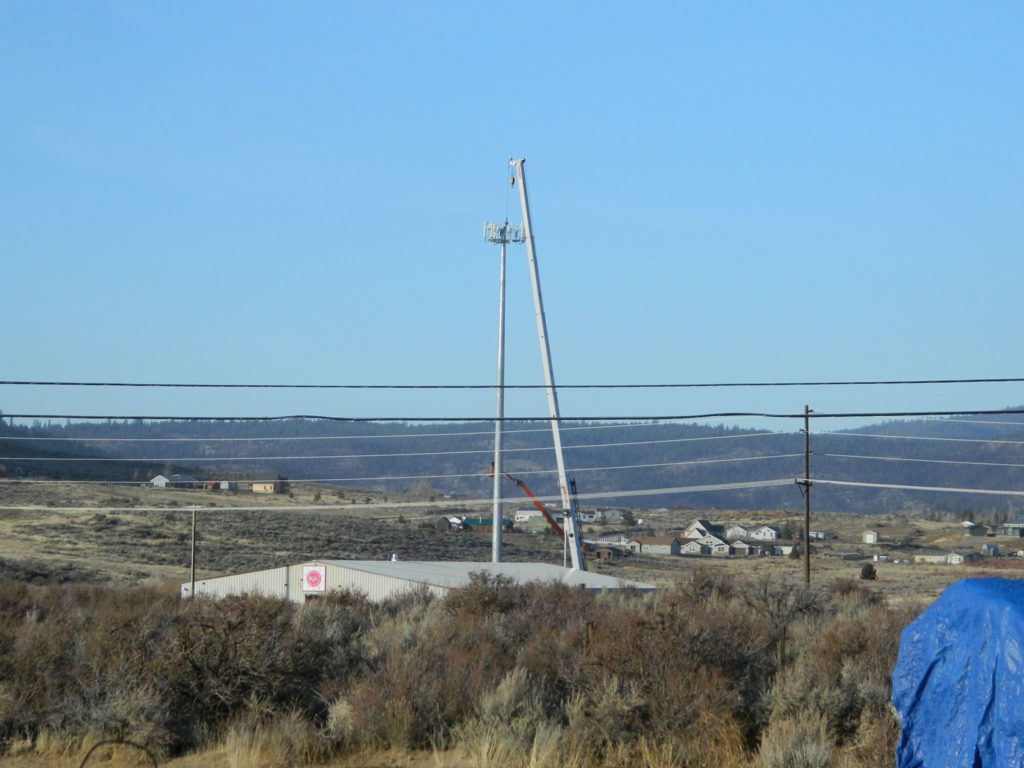
The Chilcoot tower violates the first two guidelines and other projects (like the plan to increase the Beckwourth Peak cell tower height to 140 ft.) would seem to violate the guidance on tower height since the peak is more than 2000’ above “ground level” already. We are seeking a limitation on cell tower height in the new ordinance to 100 feet, a reasonable height, in order to reduce fire risk, minimize aesthetic impacts, aviation risks, and preventable deaths of migratory birds.
LOCAL GOVERNMENT OPERATE BROADBAND NETWORKS
We hear a lot from PSREC and other providers in the area that it is “too expensive” to run fiber to every home, and that the “last mile” is an unconquerable barrier to universal broadband. However, other local governments are overcoming this obstacle by starting and running their own broadband services that generate revenue for the local government itself and provide equal and affordable access to essential high speed internet. The City of Chattanooga has established a local government owned high speed wired network that has boosted the local economy and brought benefits to residents.
If we can run power lines and telephone lines to practically every home in the early 1900’s, surely we can do the same for high speed internet a century later. Protests and excuses from telecom companies about cost have more to do with limited scale, and a profitability analysis that typically excludes low-income communities.
IN DEFENSE OF THE LANDLINE

We already have a high quality, robust communications network based on our critical copper lines used for landline telephones and able to carry high speed internet. When fiber-optic lines melt and cell towers burn, copper can survive. When the utility grid goes down, cell phones often fail, while landline networks have robust battery backups that continue to make landline service available even in extended power outages. AT&T has the capability of offering DSL internet to its landline customers with no other wired internet options in Plumas County, such as ourselves. However, because their stated goal is to eliminate this critical communications network, they refuse to offer DSL, even to customers who request it.
The future of wires is bright, and if we leverage our existing networks we can see real benefits emerge. A report issued last year by the National Institute for Science, Law and Public Policy, states:
“Why has America, the Internet’s creator, become one of its most impoverished users among all the developed nations in terms of the proportion of its people with Internet access and the speed and quality of that access? Why has the Internet been growing in an inefficient, insufficient, and unsustainable direction? Is wireless access being oversold? Why are existing copper phone lines being abandoned when current protocols allow them to deliver data at gigabit speed? This report seeks to address these questions and propose answers and solutions.”
The entire report can be read online here.
There is not a word about landlines or wired broadband in the telecommunications ordinance, a major glaring oversight. We need Plumas County policy clearly supporting our landline network and opposing its planned withdrawal.
EXEMPTIONS
The draft ordinance contains a series of exemptions that eliminate even the watered-down regulations of the rest of the ordinance. These include broad exemptions for:
-residential or commercial systems
- CPUC-exempted structures
- facilities covering a “news event”
- government owned facilities used for a public purpose
- facilities exempted under federal or state law
- rebuilding or repair of a structure that doesn’t conform (eg. to earthquake or fire codes) allowing that structure to continue to rely on out of date building codes
- telecom facilities used during an emergency or disaster
- telecom facilities located in the TPZ (timberland production zone)
- wireless facilities mounted on a new pole and under 35’
- telecommunications facilities meeting the definition of an “eligible facilities request”
It is important to realize that all wireless facilities with the following characteristics would not require a public hearing or special use permit (SUP) from the County—only a zoning clearance certificate (ZCC):
- co-located with other wireless facilities
- mounted on a building
- mounted on an existing pole
These characteristics describe most wireless industry applications, and would keep cell tower approvals behind closed doors, degrading government transparency. This would eliminate a key opportunity for public involvement and feedback for all but new towers or poles.
There is no formal explanation of the need for these exemptions, and all should be eliminated from the draft.
EXAMPLES OF OTHER LOCAL GOVERNMENT TELECOMMUNICATIONS ORDINANCES
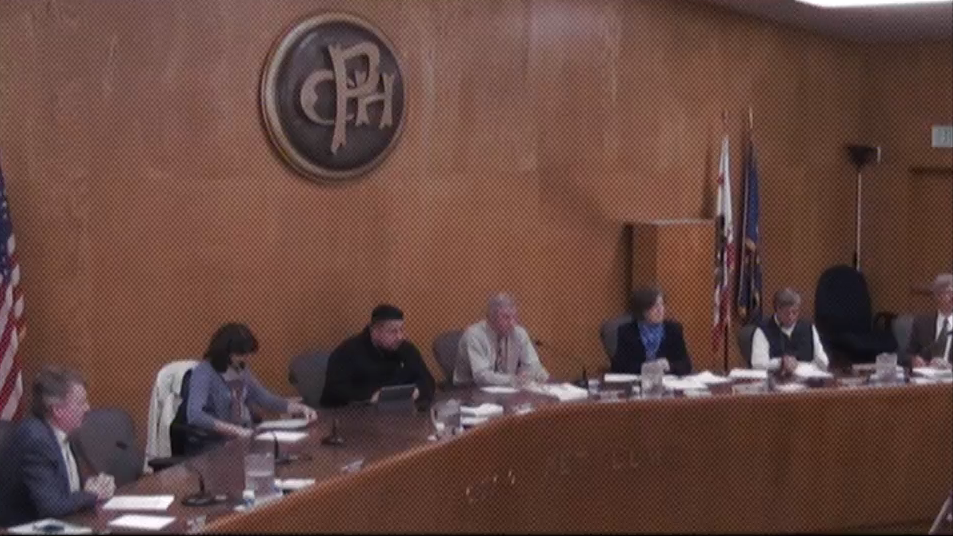
The Environmental Health Trust has compiled a report of the regulations being put in place by various local governments around the United States, to reduce the risk of harm associated with 5G infrastructure. You can access the list here. It is also included in the printed version of this letter.
Local governments as diverse as Boonville, Arkansas, Petaluma, California, and Mason, Ohio have passed ordinances prohibiting cell towers (including 5G small cells) from residential areas, and requiring setbacks from sensitive locations such as schools, hospitals, etc.
PRST PROPOSED CHANGES TO TELECOM ORDINANCE
Here are the list of changes our group would like to see in the draft ordinance:
- Currently there is no neighbor notification requirement in the draft ordinance. We are urging a requirement that a mailed notification be sent to residents and landowners within 2500 ft. of any proposed wireless facility, as well as signage at the location
- Maximum height should be 100 ft. not 200 ft. as this exceeds the height recommended to minimize raptor deaths as well as fire and aviation risk
- Eliminate all exemptions (meaning these categories of cell towers would not even be regulated by the county)
- Prioritize wired telecommunications (cable, fiber optic, etc.)— currently they are not even mentioned in the draft ordinance
- Remove non-conformance section that allows cell towers to remain that would not comply with current building codes (eg. earthquake codes etc.)
- Require official certification by an engineer that poles will not blow over and cause fires in high winds (currently there is no such requirement)
- Currently, public hearings are not explicitly required as part of the permit process. Ordinance should spell out when hearings would be required and expand public oversight of process. A Special Use Permit and Board/ Planning Commission oversight should be required for all new proposed wireless facilities.
- Require a permit for all changes to telecom equipment (many changes and additions are exempt in the current draft)
- Prohibit wireless facilities in residential and commercial districts
- Require 1500 ft. setback between any residential dwelling and a cell site of any size
- 1500 ft. setbacks should be required from schools, hospitals, social services facilities, day care facilities, hospices, first responder and mental health care facilities
- Require warning signs on all buildings with cell towers (in order to alert maintenance workers of the presence of the antenna). Currently antennas in business districts are required to use “stealth” techniques that put public safety at risk by hiding the location of antennas.
- Specify the county can immediately deny incomplete applications
Thank you for your support of a Plumas Telecom Ordinance that does what it should- protect health, safety, aesthetics, and prioritize safer, reliable, affordable access and not just telecommunications company profits.
This isn’t a partisan issue. We have supporters from all over the political map in our group. The bottom line is we need an ordinance that will protect us from telecom industry excesses, and balance the desire for expanded communications access with the necessity to protect the most vulnerable among us. We need a network that will be there in an emergency when we need it most.
Sincerely,
Joshua Hart
Plumas Residents for Safer Telecommunications
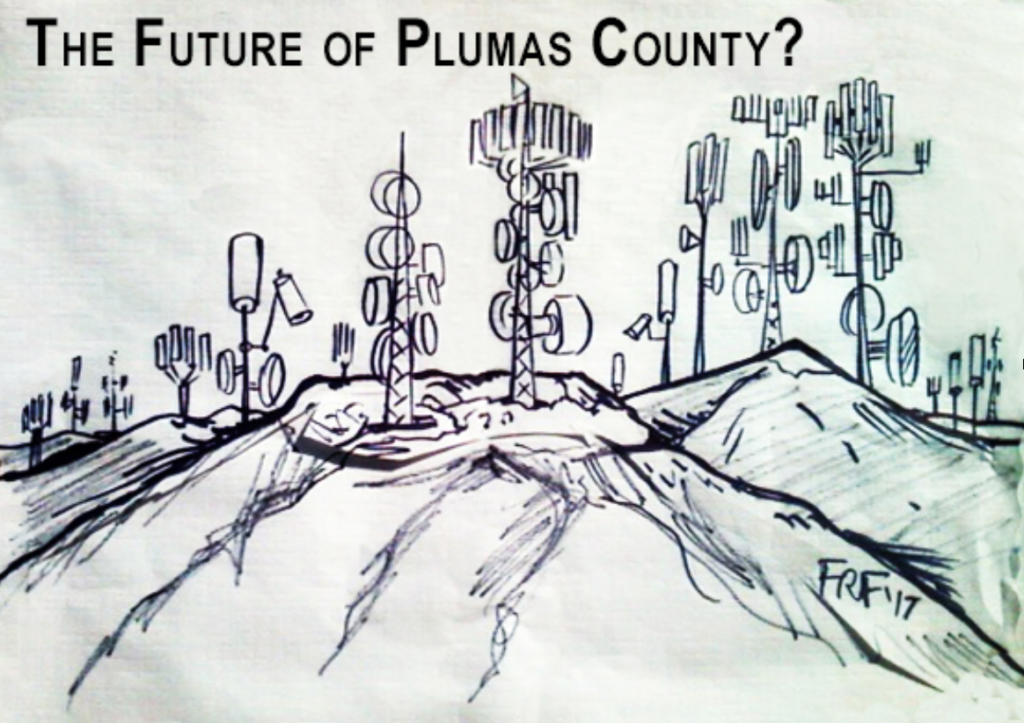






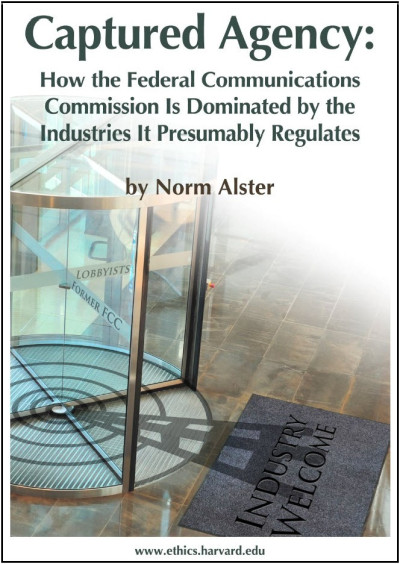


Pingback: Plumas County CA not listening to residents on 5G dangers, fire hazards | Center for Electrosmog Prevention